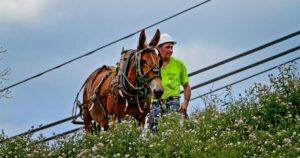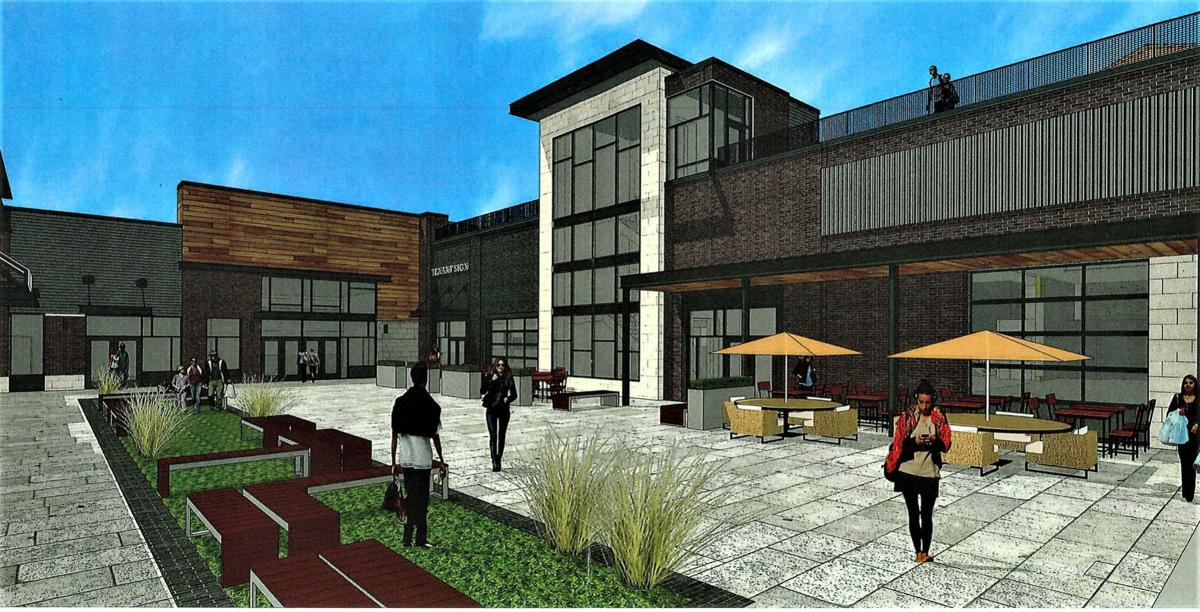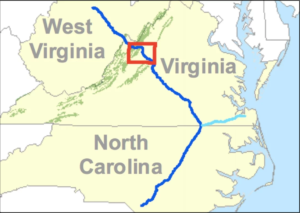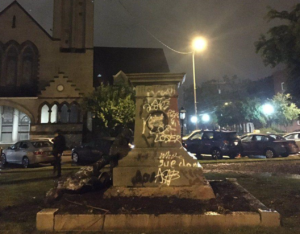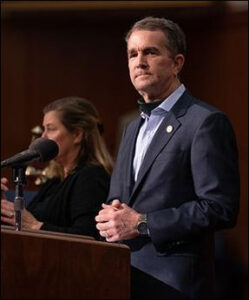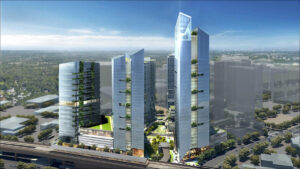By Peter Galuszka
Ever wonder why Dominion Energy found religion and announced a major shift to renewable energy?
The answer is that modern, high technology businesses want it and the Richmond-based utility wants to respond to their desires.
This one of the themes in this recent cover story I did for Style Weekly that explores how Dominion’s major shift in direction is part of several dynamics that are pushing solar wind and other renewables instead of keeping on with fossil fuel.
Here’s the reporting in a nutshell:
- Virginia’s economy is being driven more by data centers, giant box-like warehouses loaded with servers that can handle tremendous amounts of data. Northern Virginia, the incubator of the Internet, already handles about 70% to 80% of the global Net traffic and has a mature and still growing network of data centers.
- The Northern Virginia experience is shifting downstate. Henrico County now has a partially construction data center run by social media giant Facebook. Centers have been announced or are being planned in Southside and Southwest Virginia.



